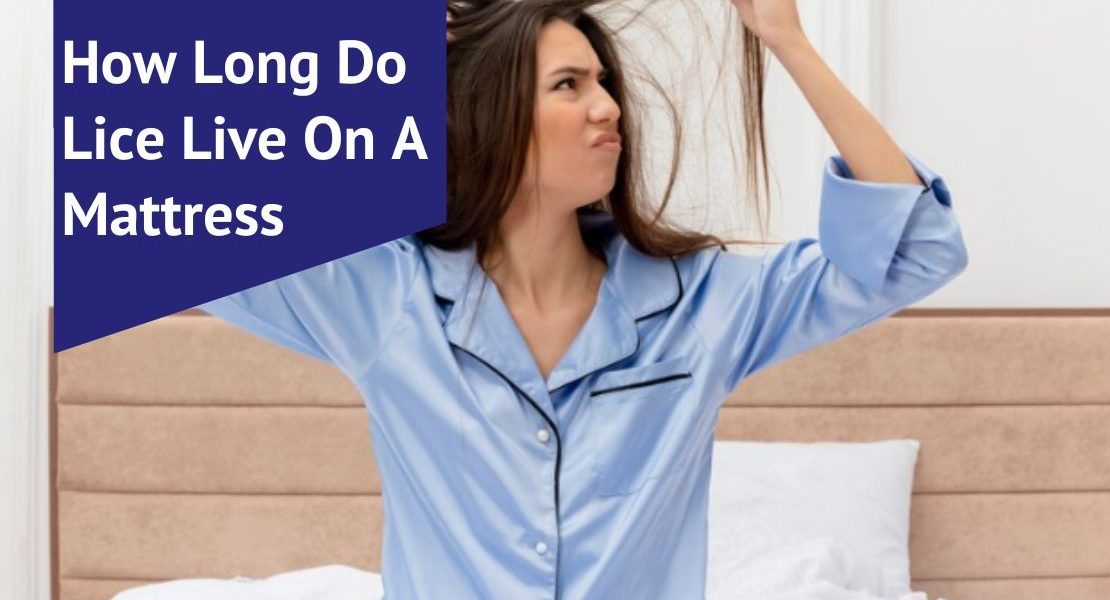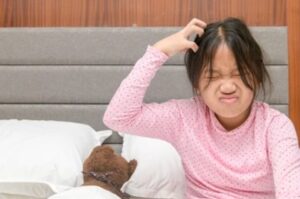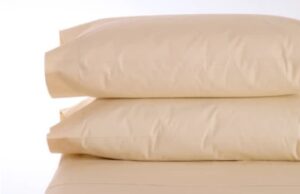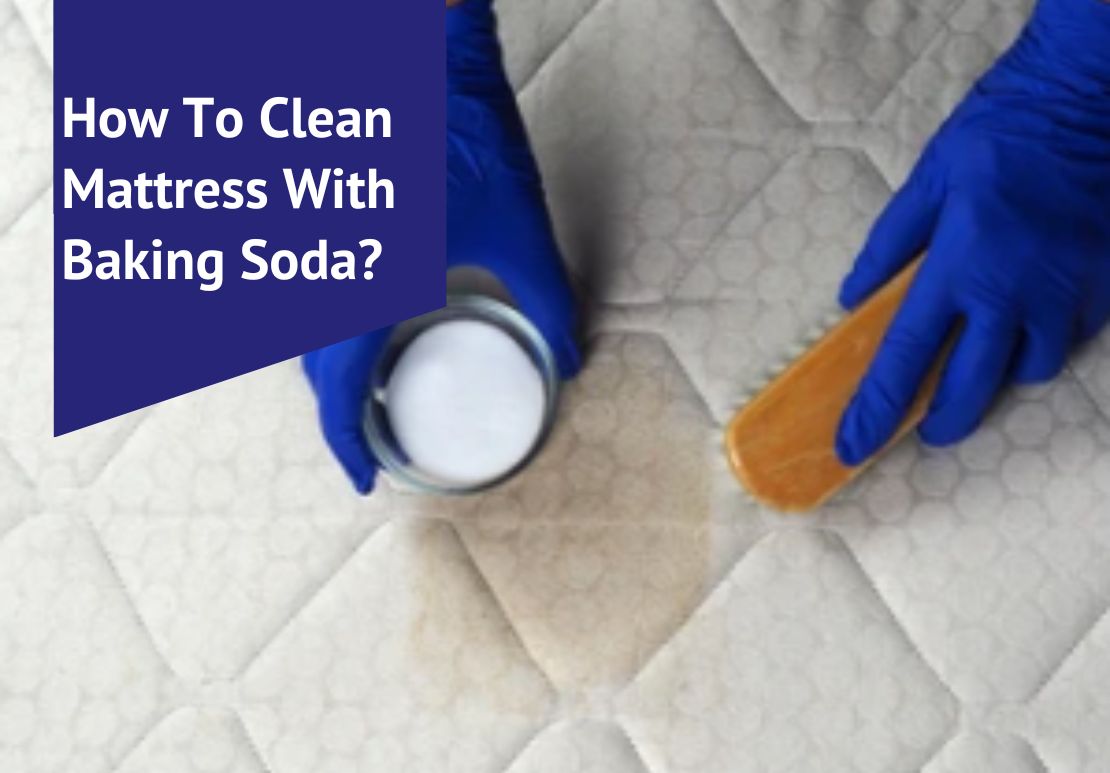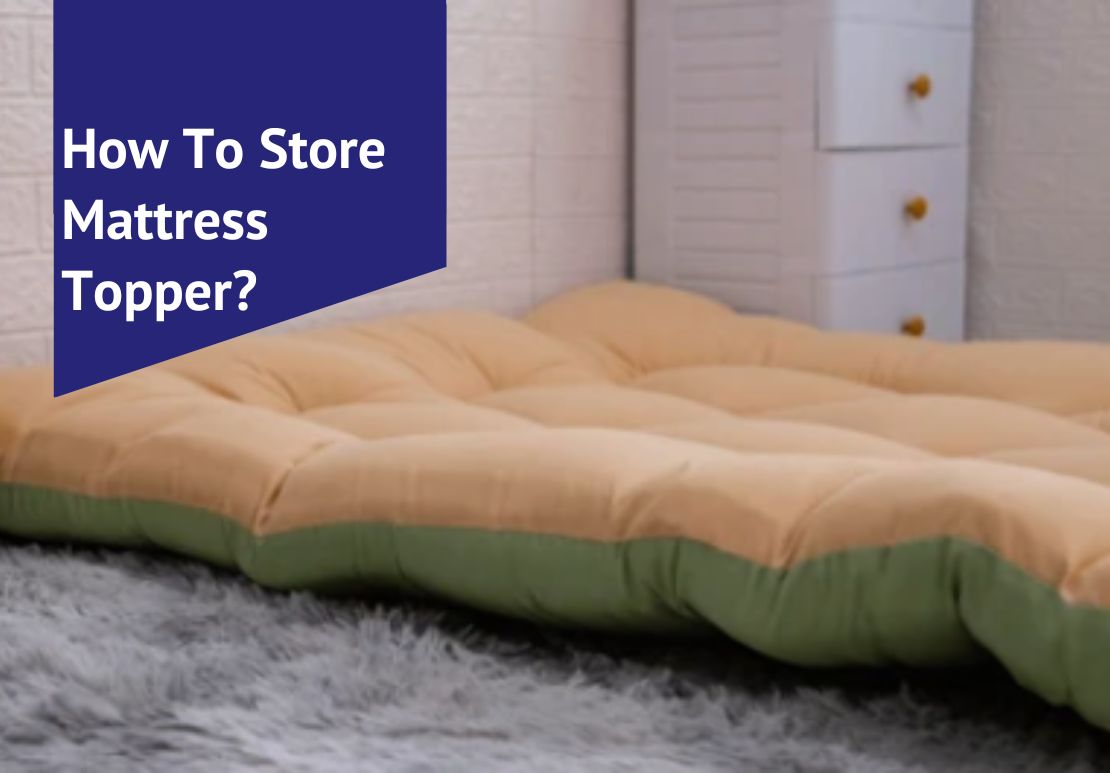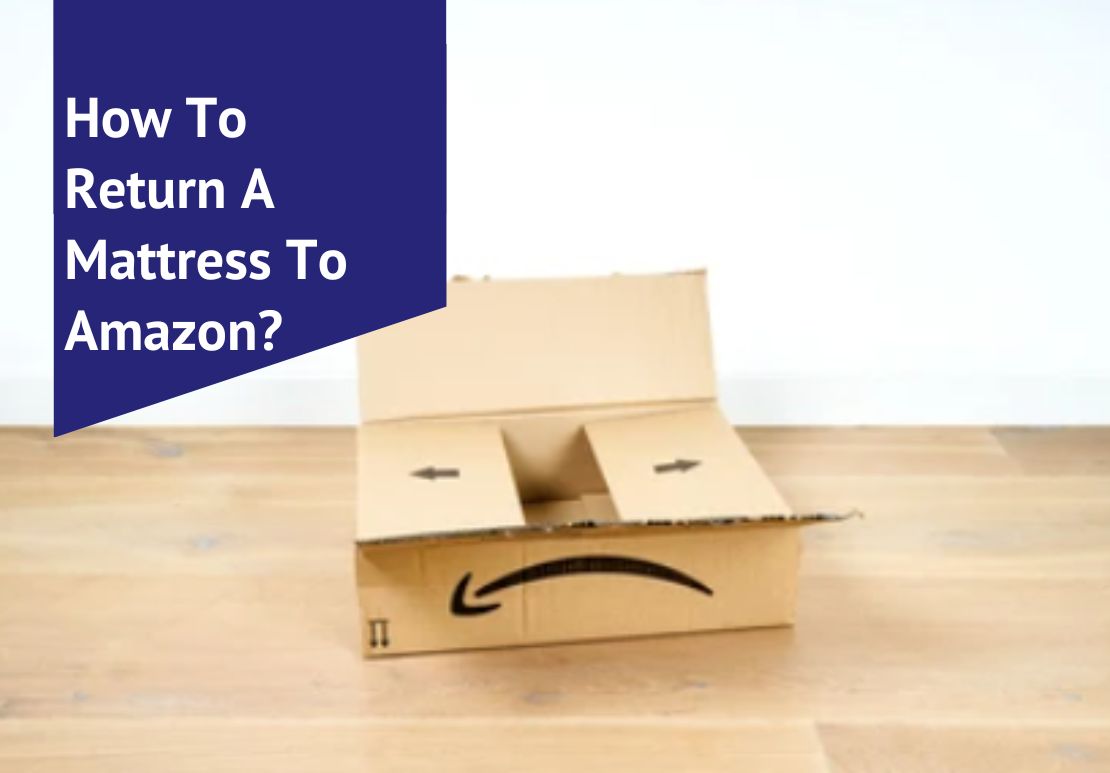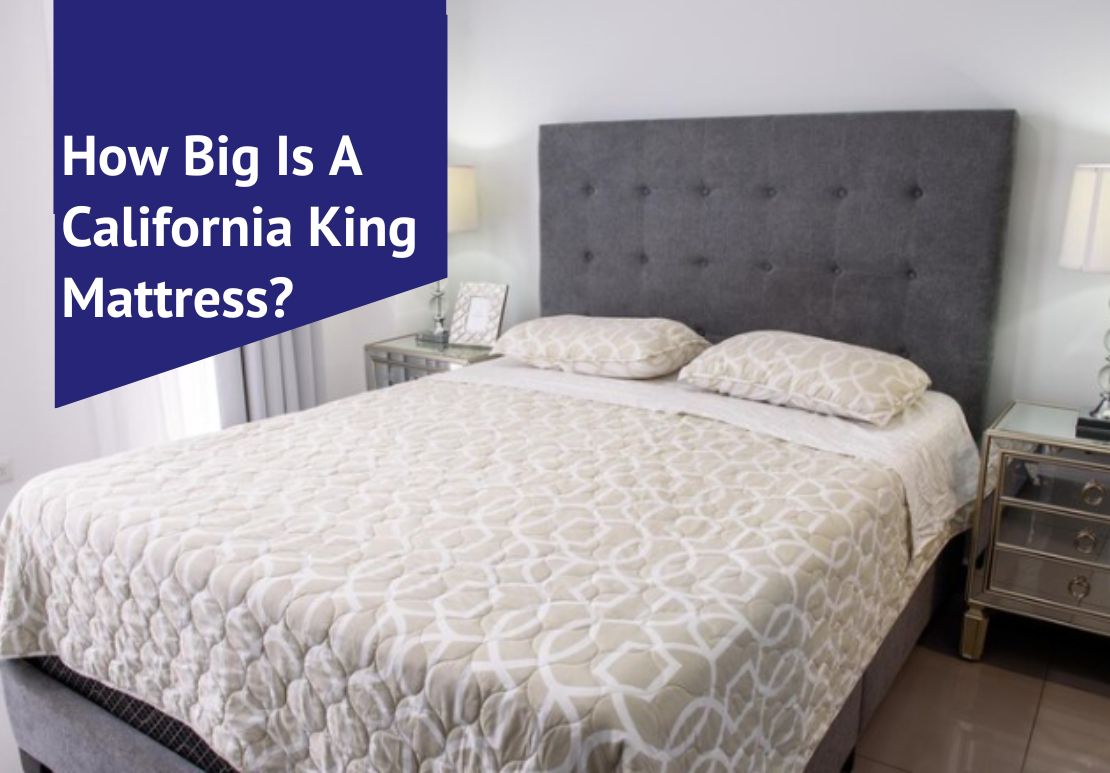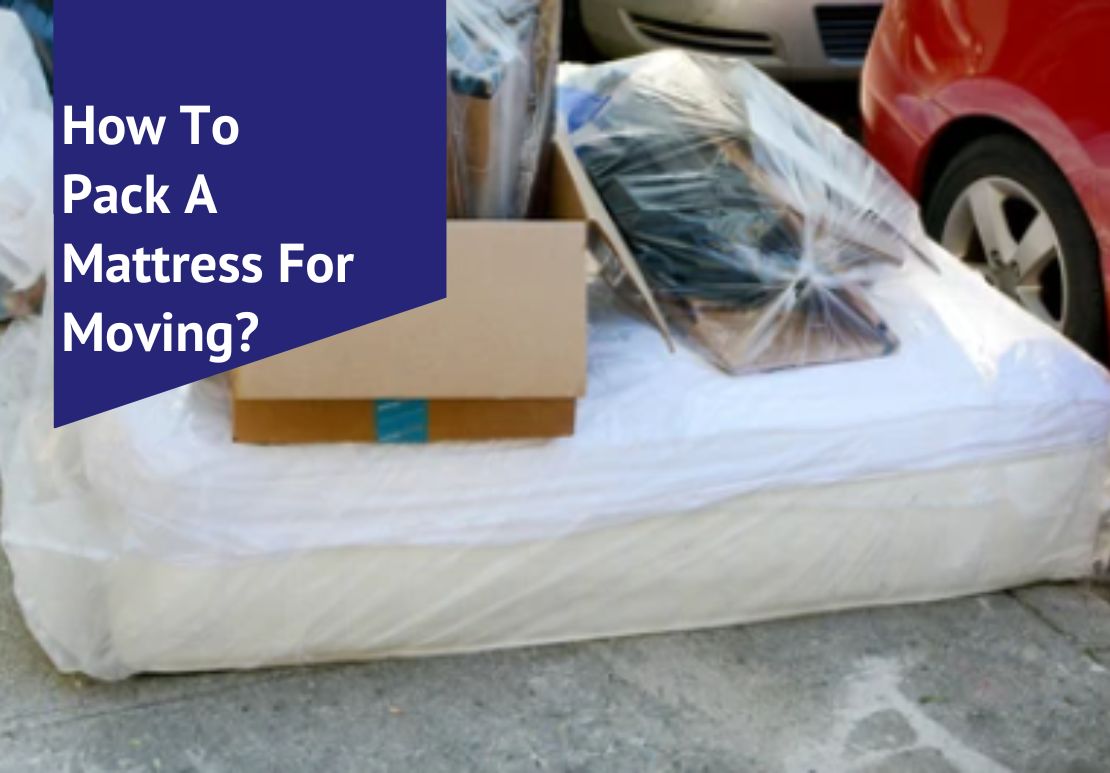When it comes to managing a lice infestation, many people often wonder, “How long do lice live on mattresses?” It’s an important concern as surviving lice and nits can trigger future outbreaks.
Interestingly enough, lice cannot survive more than one or two days away from the human scalp. If you are an individual struggling to find a solution for lice infestation, you are at the right place. To learn all about lice infestation and how to get rid of it, keep reading this blog. This blog post offers detailed insights into the life cycle of head lice and their survival mechanisms, particularly on bedding materials including mattresses.
Let’s dive in to learn how you can eliminate these persistent intruders effectively!
Table of Contents
Key Takeaways
- Lice can only live on mattresses for 1 – 2 days without a human host.
- Nits, which are lice eggs, need contact with a human host to hatch.
- Vacuuming the mattress and using high heat through steam cleaning or washing bedding in hot water can help eliminate lice and their eggs.
- Pillow protectors can provide an extra layer of protection against lice infestations.
Understanding Head Lice and Nits
Head lice are small parasitic insects that infest the human scalp and feed on blood, causing itching and discomfort. Nits, on the other hand, are the eggs laid by adult female head lice and can be found attached to hair shafts near the scalp.

What are head lice?
Head lice are tiny bugs. They live on your scalp. They feed on human blood a few times each day. Head lice can’t fly or jump, they only crawl. That’s how they move from one head to another.
This happens when heads touch or when things like hats are shared. Lice make their home in human hair and stay close to the skin where it’s warm.
What are nits?
Nits are the eggs of lice. They are very small and hard to see. A nit sticks to hair close to the scalp for warmth. It takes about a week for a nit to hatch into a baby louse. This baby, called a nymph, then grows into an adult in another week.
Nits that are not near the scalp may not be alive or could be empty shells from already hatched lice. Nits can live away from human contact but they will not hatch if they do not have this contact.
Head lice lifecycle
Head lice go through three stages in their short lives. First is the egg or nit stage. Female lice lay these eggs close to the scalp where it’s warm. A nit becomes a nymph, a tiny new louse, after about one week.
This tiny creature then feeds on blood from your head. After another week, this nymph turns into an adult louse. These adults live for about 30 days on your head but only 1-2 days off of it!
Can Head Lice and Nits Live on Bedding, Pillow, and Sheets?
Head lice and nits can indeed live on pillows and sheets, as these items provide a suitable environment for them to thrive.
Where do head lice and nits come from?
Head lice and nits come from direct contact with someone who already has them. They cannot jump or fly, so they are usually spread through close head-to-head contact. Sharing combs, brushes, hats, or pillows can also transfer lice and nits.
Nits are the eggs that lice lay, and they attach firmly to the hair shafts close to the scalp. Remember that lice prefer human hair and do not live on pets or in the home environment for long periods.
How are they spread?
Lice can be spread through direct head-to-head contact with an infected person. They cannot jump or fly, so close contact is necessary for lice to crawl from one person to another. Lice can also be spread by sharing personal items such as hats, brushes, combs, towels, or headphones. It is less common, but lice can also be spread by using infested bedding or sitting on furniture that has recently been used by someone with lice.
Factors that influence the spread and life cycle of lice
Several factors can influence the spread of lice. First, close contact with an infected person increases the likelihood of transmission. This can occur through activities like hugging, sharing combs or brushes, or lying on shared furniture such as sofas or beds.
Second, personal belongings that come into contact with lice-infested hair, such as hats, scarves, or helmets, can also contribute to the spread of lice. Finally, crowded environments like schools and daycare centers provide more opportunities for lice to pass from one person to another.
How Long Can Lice Live on a Mattress?
Lice can survive on a mattress for up to 48 hours, making it crucial to take immediate action to eliminate them.
Lifespan of head lice and nits
Head lice and nits have a relatively short lifespan. Adult lice can only live on bedding, including mattresses, for about 1-2 days without human contact. Nits, which are the eggs laid by the adult lice, will not hatch if they are not in contact with a human host.
Without their blood meal from the scalp, head lice can only survive for around 24-36 hours. So, if you’re worried about lice infesting your mattress or bedding, rest assured that they won’t last long without a human to feed on.
Can they live off a human host?
Lice can only survive off a human host for a short period. Without their blood meal from the scalp, head lice can only live for 24-36 hours. After that, they will die without a person to feed on.
Nits (lice eggs) also need contact with a human host to hatch, so if they are not in contact with hair and warmth, they will not be able to survive. Therefore, it is highly unlikely for lice to live off a human host for an extended period.
How to get rid of them from bedding
To get rid of lice on mattresses, here are some steps homeowners can take:
- Vacuum the mattress thoroughly to remove any lice or eggs that may be present.
- Use a steam cleaner to treat the mattress, as high heat can kill lice and their eggs.
- Wash all bedding, including sheets, pillowcases, and blankets, in hot water and dry them on high heat.
- If the mattress is non-washable, cover it with a plastic mattress cover for several weeks to suffocate any remaining lice or eggs.
- Consider using a lice treatment spray specifically designed for mattresses and furniture.
- Avoid sharing pillows or bedding with others until the infestation has been eliminated.
Dealing with Lice on Non-Washable Items through effective lice treatment

To treat non-washable items, such as pillows, consider using a lice treatment spray or bagging the items for several weeks to suffocate the lice and nits.
Tips for treating non-washable items
When dealing with lice on non-washable items, there are some tips homeowners can follow to effectively treat them:
- Use a vacuum cleaner: Vacuuming the affected area, such as mattresses or upholstery, can help remove any lice or nits that may be present.
- Seal items in plastic bags: If you have non-washable items like stuffed animals or pillows, seal them in airtight plastic bags for at least two weeks. This will suffocate any lice or nits that might be hiding.
- Heat treatment: Items that can tolerate heat can be placed in a dryer on high heat for 30 minutes to kill any lice or nits.
- Freezing: For items that cannot withstand heat, freezing them for 48 hours can also kill lice and nits.
- Professional services: Consider hiring professional pest control companies that offer lice removal services for non-washable items.
Use of pillow protectors
Pillow protectors can be a helpful tool in preventing lice infestations. These protective covers create a barrier between your pillow and any potential lice or nits that may be on your hair or bedding.
By using pillow protectors, you can minimize the risk of lice spreading onto your pillows and sheets.
Not only do pillow protectors keep lice away from your pillows, but they also help in maintaining cleanliness and hygiene. They are usually made of materials that are easy to clean and wash, which helps to eliminate any lingering lice or eggs.
Remember to regularly wash the pillow protector according to the manufacturer’s instructions to ensure its effectiveness in preventing lice.
Steps you can take for lice infestations to get rid of lice
Do I need to wash pillows after lice? Should all bedding be washed after lice infestation? Can pets spread lice to humans?
Do I need to wash pillows after lice?
Pillows usually don’t need to be washed after a lice infestation. Lice can only live on bedding for 1-2 days, and they cannot survive off a human host for longer than 24 hours. So, if you remove the pillowcase and leave the pillows untouched for a couple of days, any lice that may have been there will die.
However, if you prefer to wash them, it’s always good to follow proper washing instructions to ensure cleanliness.
Do I need to wash all bedding after discovering lice infestation?
After discovering a lice infestation, it is important to take the necessary steps to eliminate these pests. While washing bedding after lice is recommended, you may not need to wash all of it.
Lice can only survive on pillows and sheets for 1-2 days without a human host. After this time, they die off on their own. However, if you want to be extra cautious, you can wash the bedding in hot water and dry it on high heat to kill any remaining lice or nits that may be present.
Remember, lice are primarily found on the head and do not usually live in the home environment.
Can pets spread lice?
Pets, such as cats and dogs, cannot spread lice to humans. Lice are uniquely adapted to live in human head hair and do not survive on animal fur. They need the specific conditions provided by the human scalp to survive and reproduce.
So, even if your pet has lice, it is unlikely that they can transmit them to you or other family members. Therefore, there is no need to worry about pets spreading lice in your home.
Steps to Stay Lice-Free
To prevent lice infestations, homeowners can follow a few simple steps. Regularly checking the hair and scalp for lice or nits, avoiding sharing personal items, such as combs or hats, and washing bedding and clothing on hot cycles are effective ways to stay lice-free.
Additionally, educating children about the importance of not sharing items like headphones or hair accessories can help reduce the risk of transmission.
Prevention techniques
To prevent lice infestations in your home, follow these steps:
- Wash bedding, including sheets and pillowcases, regularly in hot water.
- Use a hot dryer to dry the bedding thoroughly.
- Vacuum your mattress regularly to remove any stray lice or eggs.
- Encourage family members to avoid sharing combs, brushes, hats, and other personal items that may spread lice.
- Teach children not to share headphones or clothing with others.
- Avoid head-to-head contact with people who have lice.
- Keep long hair tied up or braided to minimize the chance of lice transfer.
What to do if you suspect lice
If you suspect lice in your home, take these steps to address the issue:
- Check for signs of lice on the scalp, such as itching and small red bumps.
- Use a fine-toothed comb to carefully comb through the hair, checking for live lice or nits.
- Inform close contacts, such as family members or close friends, to check for lice as well.
- Wash all bedding, including sheets, pillowcases, and blankets, in hot water and dry on high heat.
- Vacuum any upholstered furniture or rugs where lice may have been in contact.
- Bag up any stuffed animals or pillows that cannot be washed and seal them for two weeks to suffocate any potential lice or nits.
- Treat the affected individual’s head with an over-the-counter or prescription lice treatment shampoo, following the instructions carefully.
- Comb through the hair with a fine-toothed comb again after treatment to remove any remaining dead lice or nits.
- Repeat the treatment process after 7 – 10 days to ensure complete elimination of lice and nymphs.
Duration of a lice infection
A lice infection can last for as long as the lice are not treated and removed from the scalp. Without treatment, an infestation can persist for several weeks or even months. It’s important to note that lice do not go away on their own and will continue to multiply if left untreated.
The longer the infestation persists, the more difficult it may be to get rid of the lice completely. Therefore, it is crucial to take immediate action at the first sign of a lice infection to minimize its duration and prevent its spread to others.
Conclusion for how long do lice live on a mattress
In conclusion, lice can only live on mattresses for 1-2 days. They cannot survive off a human host for longer than 24 hours. So, if you suspect a lice infestation, focus on treating the person’s hair and personal items rather than worrying about the mattress.
Remember that prevention and early detection are key to keeping your home lice-free.
Frequently Asked Questions
How long can lice live on bedding or mattress?
Lice can survive for up to 48 hours on a mattress without a human host.
Can lice infest my mattress if someone with lice sleeps on it?
Yes, lice can transfer from a person's hair onto the mattress if they sleep on it, but they can only survive for about two days without a human host.
How often should I clean my mattress to prevent lice infestation?
Regularly cleaning your mattress and bedding is important to prevent lice infestation, but there is no specific timeframe. It's generally recommended to follow good hygiene practices and wash bedding regularly.
What steps should I take if I suspect there are lice on my mattress?
If you suspect there are lice on your mattress, remove all bedding and wash it in hot water. Vacuum the entire surface of the mattress thoroughly and consider using an anti-lice spray or treatment as directed by a healthcare professional.
Are there any home remedies that can get rid of lice on mattresses?
While some home remedies may claim to eliminate or repel lice from mattresses, it's generally best to rely on proven methods such as washing bedding in hot water, vacuuming the area thoroughly, and seeking guidance from healthcare professionals for effective treatment options against lice infestation.

